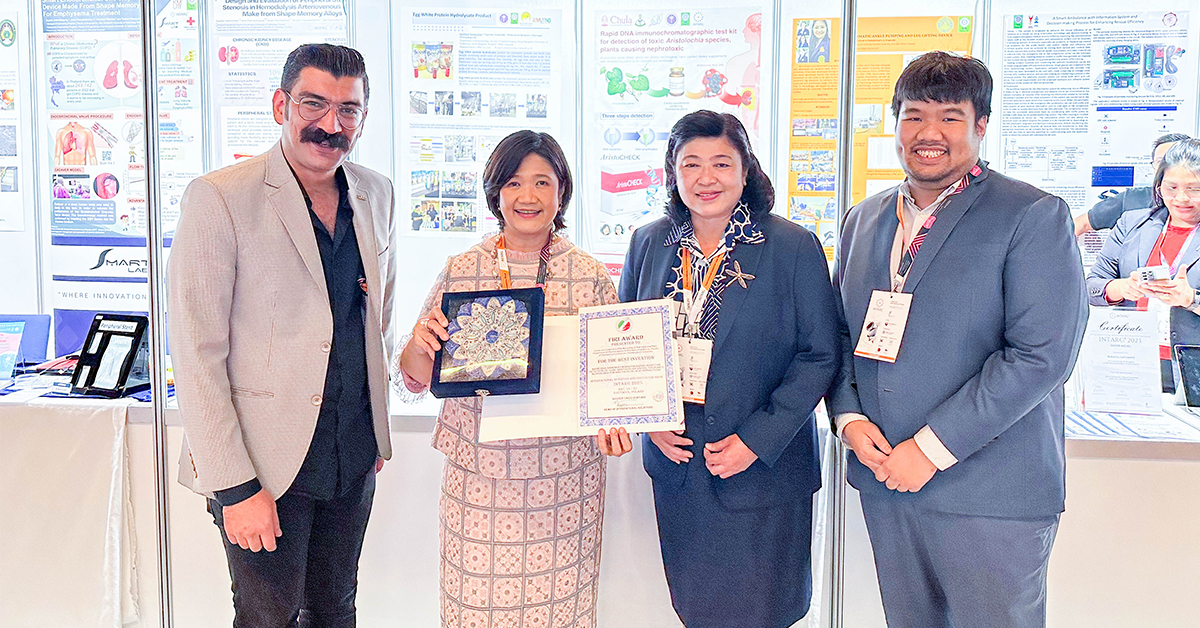Universities are often focused on efficiency and productivity, which can happen at the expense of the individual, leading to a workplace that is stressful and unfulfilling. Dr Ant Bagshaw explores the meaning and importance of joy in higher education institutions.
Every week, I spend time on a university campus, talking to colleagues and friends about their experiences of higher education. There’s one thing about the discourse on the contemporary university which is bothering me: we seem to be able to have successful institutions working well, in aggregate, but failing to ensure that each individual member of the community finds personal satisfaction.
The universities I work with are objectively successful. In Australia, where I live, universities have grown significantly in size offering educational opportunities to an increasingly large proportion of the population. The sector is also demonstrably attractive to international students from around the world. Additionally, research and innovation outcomes are excellent for the investment of public and private money. Universities play a major role in national life and have a positive impact in communities across the country. So far, so great.
This success of higher education could also be said about other systems. When I visit institutions across Southeast Asia, North America or Europe, leaders there also tell stories of ambition, growth, and success. Globally, we see enormous demand for higher education and graduates can find interesting and engaging jobs. Our universities are also the sites of amazing discoveries, cultural progress and new knowledge.
If universities are so successful, what’s the problem?
For many students and graduates who I talk to, higher education is, disappointingly, an impersonal and uninspiring experience. Yes, they have found friends and experienced intellectual growth, but they describe the experience in terms which suggest that this was in spite of the university, not because of it. There are persistent complaints about the variability of the teaching experience, inadequate student support, and technologies which inhibit rather than enable learning.
There is a particular dissonance for the experience at large research-intensive, high prestige, universities. Here, the institutional incentives for research dominate and educational experiences are often a comparatively low priority. In some institutions, there is a lingering attitude that students should be grateful for having been admitted, positioning them without power to seek better than that which is offered. While this is a broad-brush description, the issues are raised so regularly that it feels like there’s a pattern and not just my sampling bias.
The challenge is perhaps even more acute when speaking to faculty and professional staff. Workloads are high, the pressure to hit performance metrics is intense, and where universities have sought to be more efficient, staff are asked to do more with less. My work takes me to the UK regularly where I see these issues most starkly. In England, there is massive pressure on institutional budgets from eroding fee levels and increasing costs. Aside from the economics of higher education, the national political discourse positions universities as ‘part of the problem’, not the creators of solutions.
Academic staff in England are taking industrial action including a marking boycott which will see thousands of students’ graduations delayed. This is the latest in a wave of strikes over recent years, including among professional staff, which have demonstrated dissatisfaction with levels of pay, casualisation of the academic workforce, precarious career pathways, and worsening pension provision.
How do we know when there’s a big problem?
It could be fairly easy to dismiss the issues in contemporary higher education as the same experienced by every generation. Staff and students want more from their institutions than it’s possible to give. Students will always want better facilities, teaching, and support whatever the absolute level they actually receive. Staff will always want higher pay, lighter workloads, and more financial security in retirement. The pandemic disrupted organisational lives as well as personal ones: universities are still dealing with changes from health requirements, new learning modes, and the financial implications from a difficult few years.
While it’s possible to dismiss complaints with a focus on all the good which universities do, I think that there’s another way to come at this question. I think that there is a big problem, but it’s not one specific to any of the issues I’ve touched on. Our universities’ incentives and measures of success focus too much on the aggregate and too little on the individual. This is the structural problem which means that we’re not going to fix the experience such that everyone in the university community is enabled to find their own success.
What’s joy got to do with it?
I recently wrote an essay about the need for joy in universities. This was in response to a question inviting respondents to identify one aspect of higher education institutions to improve and how to go about it. I’ve been talking about joyful universities for a while as a prompt for reflection and discussion among senior leaders. It’s a term which usually gets people to stop and think.
Joy is a provocative term. It’s generally not a word used in workplaces. Joy is personal and intimate, the antithesis of corporate. And that’s why it’s powerful. It turns out that asking people to reflect on emotional responses to the world around them generates a different sort of discussion from the norm.
The core of my argument is that universities are too focused on efficiency, on being measured against performance targets which homogenise the experience of thousands of staff and students. This process of aggregating experiences eliminates that which is personal about learning in, or working at, a university.
Joy should be a route to high performance
Each time I’ve discussed trying to make universities into more joyful places, I hear a difficult story. While it varies a little by context, it usually goes like this: there’s an academic who is a star researcher, the leader in their field, who is known to have difficult and unpleasant behaviours but who is unchallenged because of their research reputation. It is far too common that universities are places where bullying and harassment are well known but not addressed. As academic staff come up through these environments, they learn that anything goes so long as you are among the best in research.
This isn’t good enough. Staff leave toxic working environments, and they may leave academia all together. Universities, and particular departments and groups within institutions, gain reputations for making lives miserable. What if this pattern could be reversed? What if institutions were known to be safe and respectful environments in which people were able to do their best work?
My proposal for a joyful university may sound reasonable in abstract: if the workplace is one where people are able to find personal satisfaction, the aggregate experience will be better. However, as with the issues of student experience and teaching quality, there is an enormous challenge in large and complex institutions of finding ways to enable colleagues to find joy in their work.
What’s joy got to do with it?
I recently wrote an essay about the need for joy in universities. This was in response to a question inviting respondents to identify one aspect of higher education institutions to improve and how to go about it. I’ve been talking about joyful universities for a while as a prompt for reflection and discussion among senior leaders. It’s a term which usually gets people to stop and think.
Joy is a provocative term. It’s generally not a word used in workplaces. Joy is personal and intimate, the antithesis of corporate. And that’s why it’s powerful. It turns out that asking people to reflect on emotional responses to the world around them generates a different sort of discussion from the norm.
The core of my argument is that universities are too focused on efficiency, on being measured against performance targets which homogenise the experience of thousands of staff and students. This process of aggregating experiences eliminates that which is personal about learning in, or working at, a university.
Joy should be a route to high performance
Each time I’ve discussed trying to make universities into more joyful places, I hear a difficult story. While it varies a little by context, it usually goes like this: there’s an academic who is a star researcher, the leader in their field, who is known to have difficult and unpleasant behaviours but who is unchallenged because of their research reputation. It is far too common that universities are places where bullying and harassment are well known but not addressed. As academic staff come up through these environments, they learn that anything goes so long as you are among the best in research.
This isn’t good enough. Staff leave toxic working environments, and they may leave academia all together. Universities, and particular departments and groups within institutions, gain reputations for making lives miserable. What if this pattern could be reversed? What if institutions were known to be safe and respectful environments in which people were able to do their best work?
My proposal for a joyful university may sound reasonable in abstract: if the workplace is one where people are able to find personal satisfaction, the aggregate experience will be better. However, as with the issues of student experience and teaching quality, there is an enormous challenge in large and complex institutions of finding ways to enable colleagues to find joy in their work.
This article was from the QS Insights Magazine, Issue 4. Read the full edition.




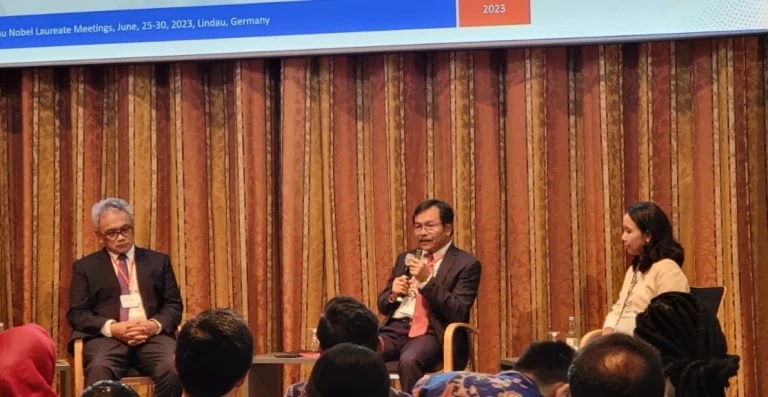


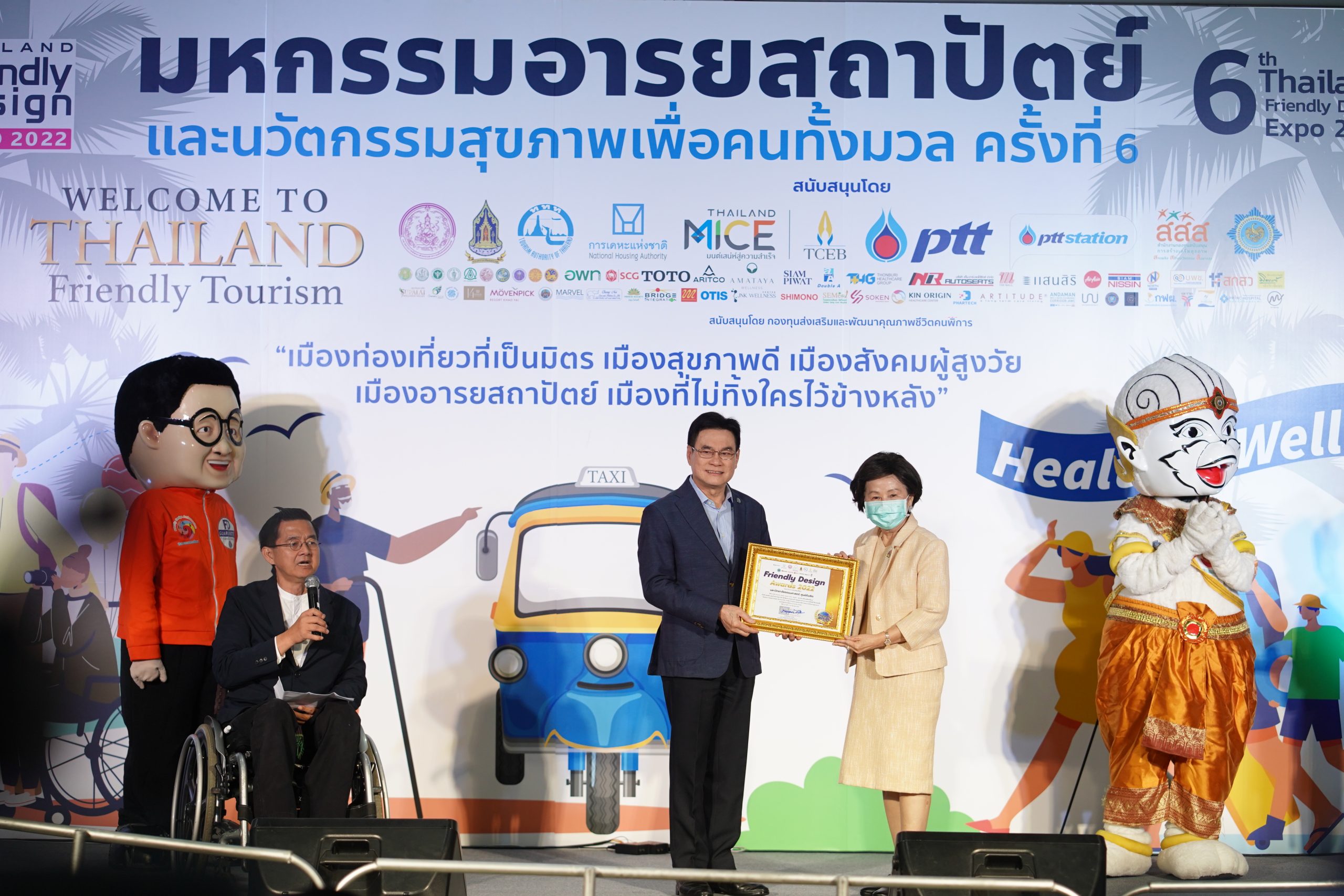

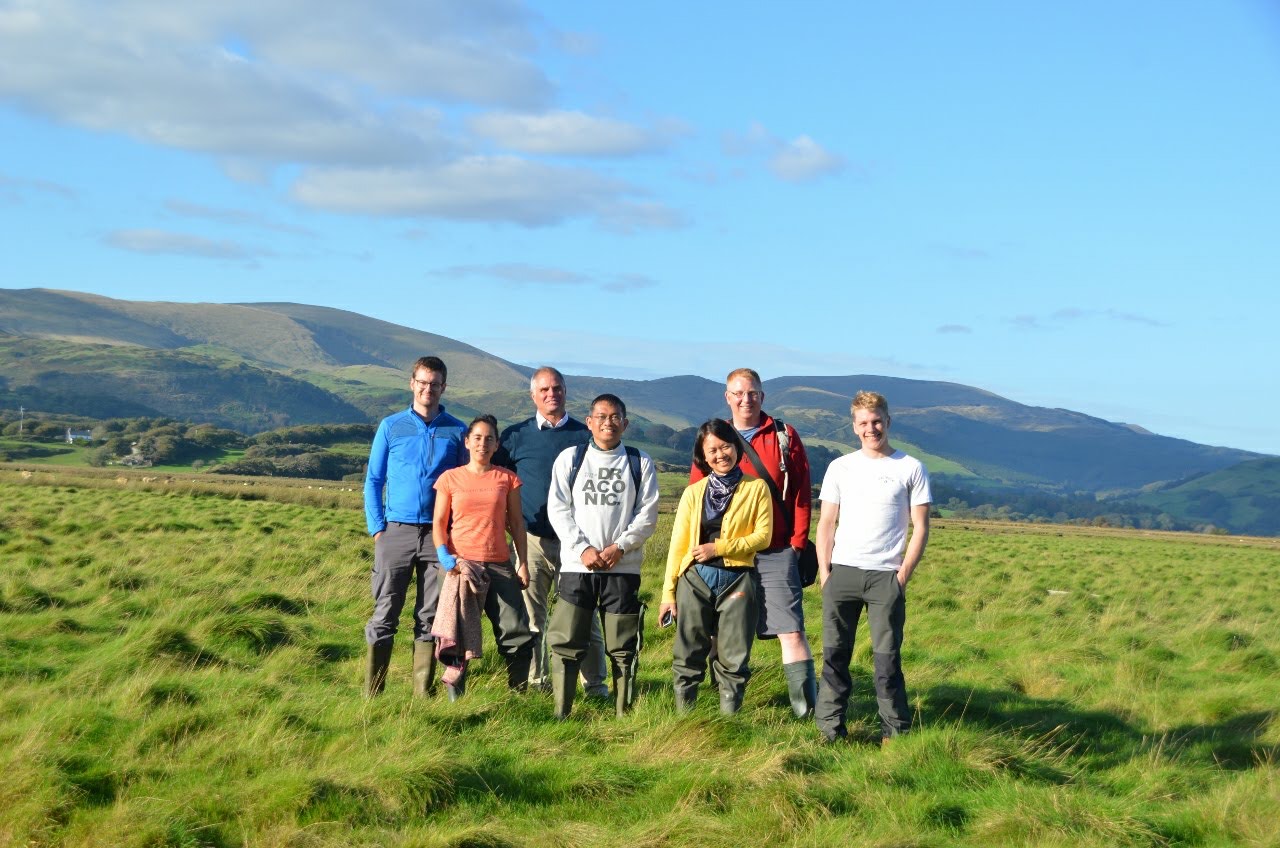
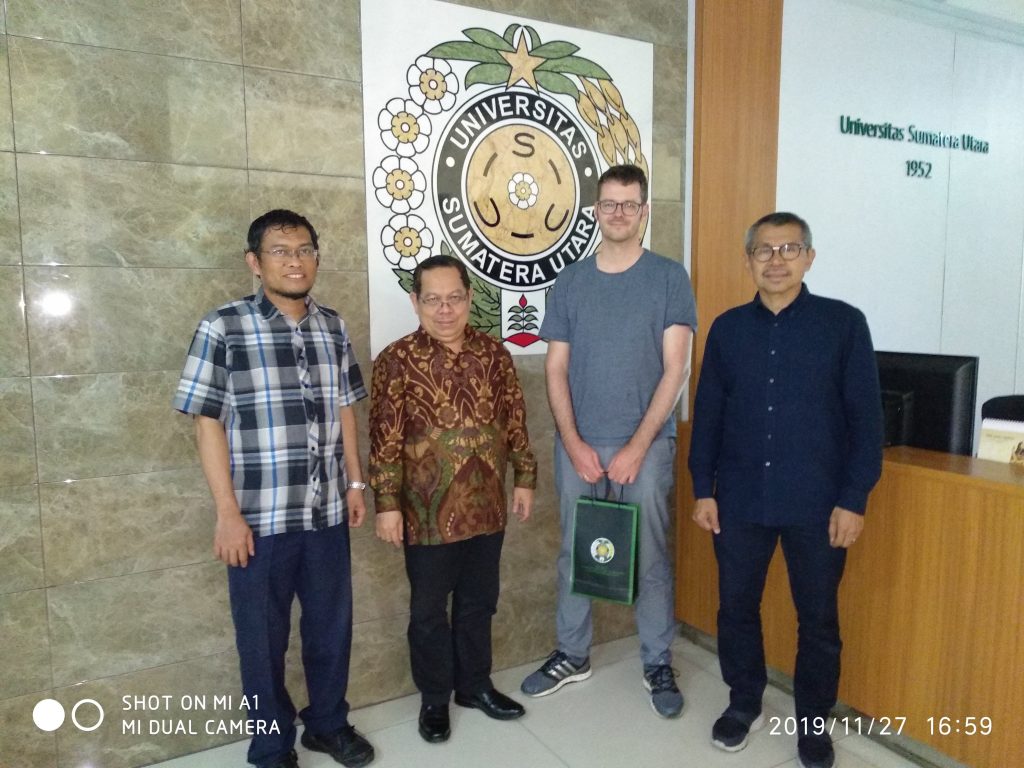

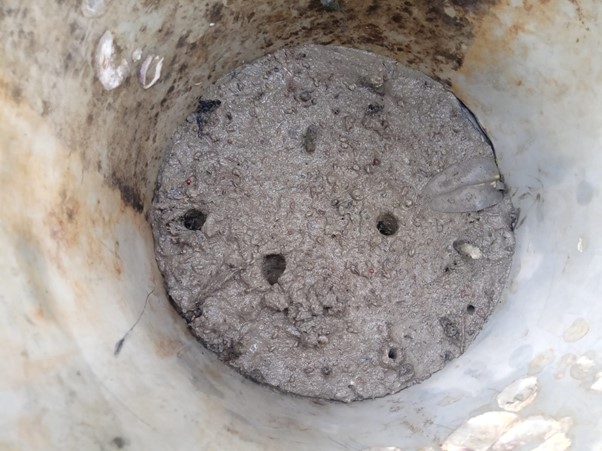
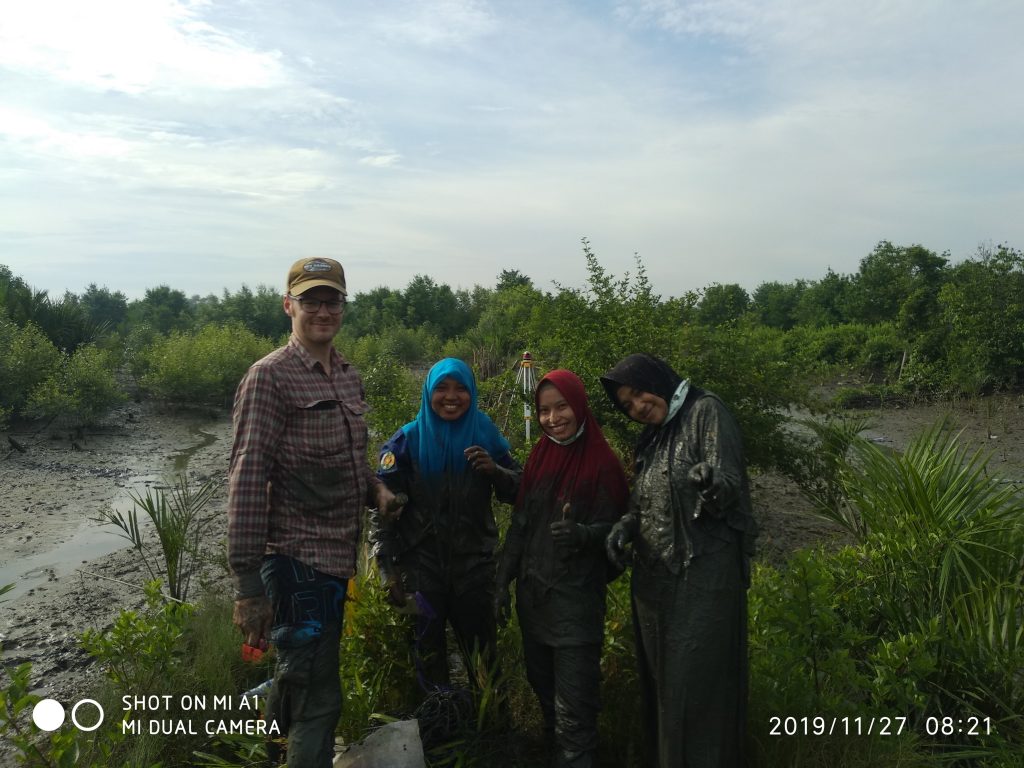



-scaled.jpg)
